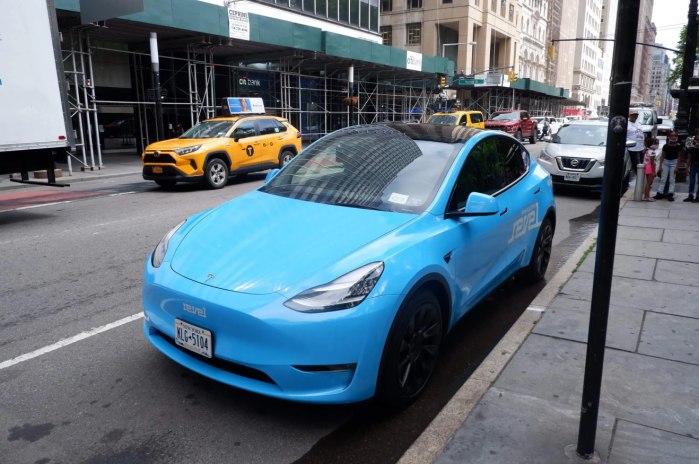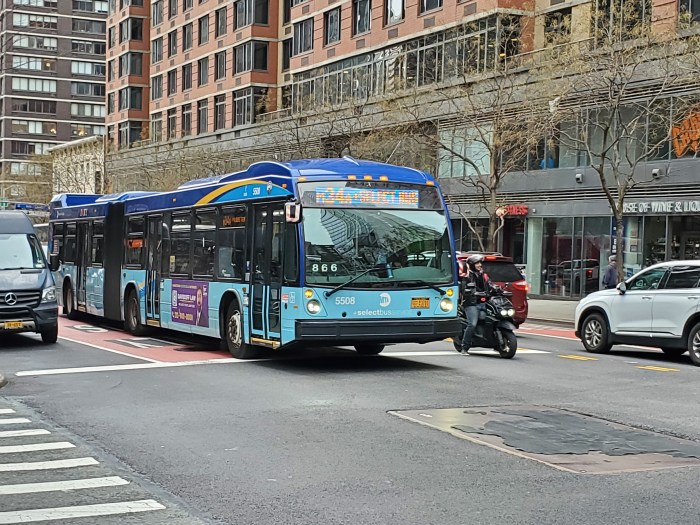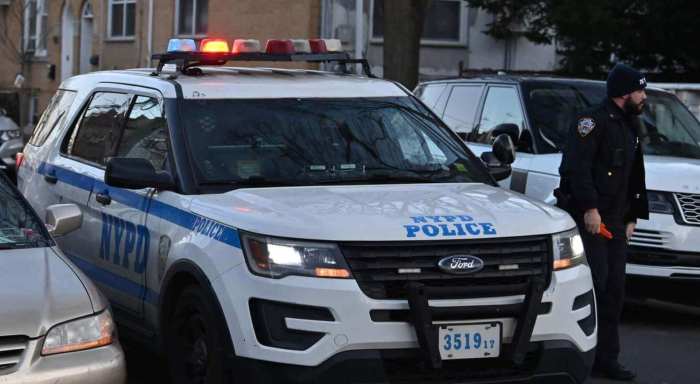
Delancey Street will receive a protected bike lane to better connect cyclists over the Williamsburg Bridge during the looming L train shutdown in 2019.
The Department of Transportation announced plans for the long sought-after lane, which would stretch from the bridge to Allen Street in the Lower East Side, on Wednesday to improve the most popular East River Bridge for cyclists.
“We’re very excited about it,” Commissioner Polly Trottenberg said Wednesday at an unrelated press conference. “It’s something that the cycling community long advocated for and it’s very timely in light of the fact that, obviously, the MTA is going to have to shut down the Canarsie tunnel.”
On weekdays, some 4,900 bikers are estimated to use the crossing between 7 a.m. and 7 p.m., according to the DOT.
“We have to figure out how to get a lot of those folks in Williamsburg into Manhattan,” Trottenberg continued. “And we’re hoping a lot of them will take their bikes over the bridge.”
The bike lane was announced in the department’s new strategic plan for the next five years. With the number of residents and visitors soaring, the plan aims to make sense of and cut through the city’s mounting congestion while also maintaining the city’s 6,000 miles of streets, 789 bridges and 73 public plazas.
The core of the plan calls for the further support of walking, biking and mass transit use as a means of cutting back on street traffic and emissions while increasing safety under Vision Zero.
To that end the city will be focusing on providing more robust, Copenhagen-esque bike parking near transit hubs; a seasonal pedestrian- and cyclist-only street for next the summer; and a more thorough approach at improving the service of buses, which have suffered from plummeting ridership over the years.
Transit advocates that have fought for bus reforms welcomed the plan and its commitment to the service.
“The problem of local buses are their decreasing speeds that have riders giving up in the system,” said Tabitha Decker, director of research and learning at the nonprofit TransitCenter. “We really need to prioritize bus transit on New York City streets and this is an acknowledgment of that.”
The agency also pledged to increases its use of technology to improve transit, particularly to bring parking reforms and better management of the freight industry.
It outlines a push for more overnight truck deliveries; smartphone payments for parking meters, coming in 2017; and a new electronic placard system for city employees that would cut down on rampant abuse of the city’s limited curb space.
“This is the era of the smart city,” Trottenberg said. “There’s a technological revolution going on right now. We’ve seen it already in our [smart] traffic signals, but we really want to bring that technology further into what we’re doing.

















